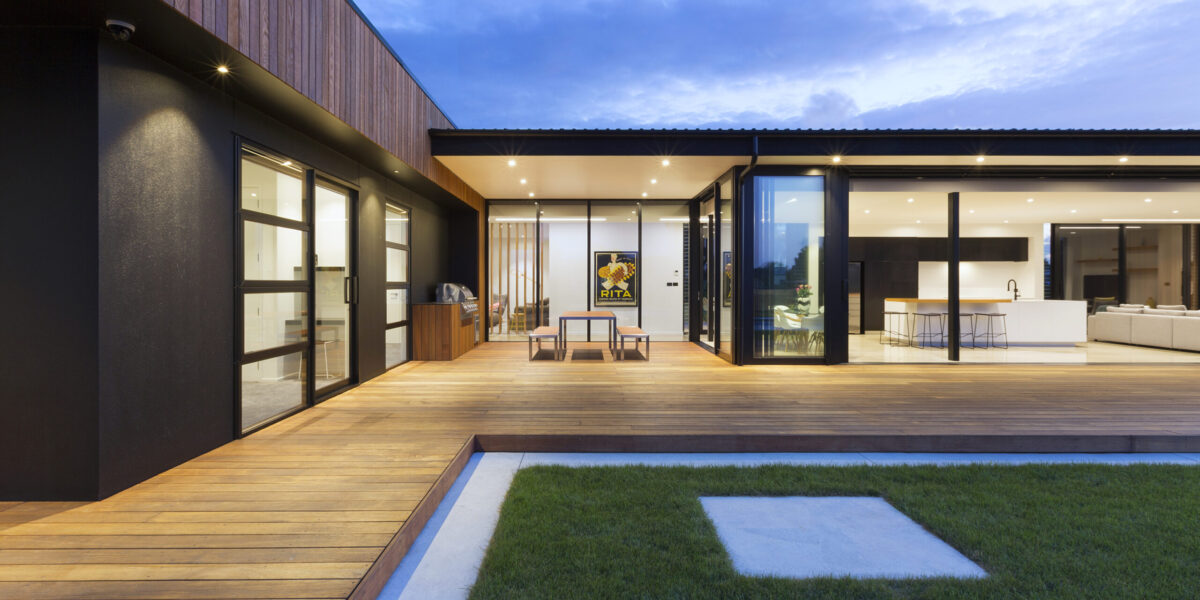Best Finish for Exterior Wood
Exterior wood requires protection from the elements. Exposure to sunlight, rain, wind, and temperature changes can affect its longevity. Choosing the right finish helps extend the lifespan of wood and maintains its aesthetic appeal.
Understanding Wood Finishes
Wood finishes serve two primary purposes: enhancing beauty and providing protection. They form a barrier against moisture and ultraviolet (UV) rays. Various types of finishes are classified based on their composition and the level of protection they offer. It’s crucial to choose the right finish based on your specific needs.
- Film-forming finishes: These create a hard surface layer. Common examples include paint, varnish, and polyurethane.
- Penetrating finishes: These soak into the wood. Options include oils like linseed and tung oil.
- Natural finishes: Such as beeswax or shellac, provide modest protection and enhance natural color.
Factors to Consider
The selection process involves several factors. Understanding these can guide you to the most suitable finish for your project.
- Durability: Consider how much exposure the wood will have. Higher traffic or harsher environments require more durable finishes.
- Maintenance: Some finishes require refinishing every few years. Others, like certain oils, need more frequent reapplication.
- Appearance: Some finishes alter color or sheen dramatically. Others maintain a natural look.
- Application: Ease of application might be a deciding factor, particularly for DIY projects.
Types of Exterior Wood Finishes
Paint
Paint provides superb protection by forming a complete barrier. It protects against moisture and UV rays extremely well. It’s ideal for wood susceptible to extreme weather. Paint requires proper surface preparation for optimal adhesion. It can alter the natural appearance completely but offers a wide range of color options.
Exterior Varnish
Varnish offers a transparent or semi-transparent finish. It retains the wood’s natural look while adding gloss. It resists water and provides moderate UV protection. Reapplication is needed every few years to maintain effectiveness. Varnishes might crack or peel if not correctly applied.
Polyurethane
Polyurethane is similar to varnish but typically offers a thicker, more durable finish. It is available in both water and oil-based forms. Water-based polyurethane dries faster and has less odor. Oil-based varieties might provide superior durability and a richer color. Polyurethane provides excellent moisture resistance.
Oil Finishes
Oil-based finishes penetrate deeply into the wood fibers. Linseed oil and tung oil are popular choices. These oils enhance the grain and give a warm, natural appearance. They offer minimal surface protection and are best for areas with minimal exposure. Maintenance involves reapplying oil periodically as the finish diminishes over time.
Wood Stains
Stains enhance the wood’s color. They come in transparent to solid varieties. Transparent stains highlight the grain but provide less protection. Solid stains, like paint, form a protective layer but allow some wood texture to show. They require regular reapplication for continued protection and appearance retention.
Sealers
Sealers are often used in conjunction with other finishes. They prevent moisture absorption without altering appearance. Sealers are ideal for teak and other naturally weather-resistant woods. They form an invisible barrier while allowing for additional protective or aesthetic layers over them.
Application Tips
Proper application of a wood finish is crucial for longevity and effectiveness. Preparation begins with cleaning the wood surface. Remove old paint or varnish, and sand down rough spots. A clean, smooth surface ensures better adhesion and smoother finish. Apply finishes in thin coats, allowing each layer to dry completely before the next. This prevents drips and uneven coverage. Always follow the manufacturer’s recommendations for drying times and conditions.
Choosing the Right Finish
Your choice depends on several conditions of use. Assess the environment, maintenance frequency, and desired aesthetic. For seaside homes, harsher conditions demand durable finishes with high UV and moisture resistance. In moderate climates, penetrating oils could suffice, especially if you prefer to maintain a natural wood look. Consider maintenance willingness, as some finishes need more frequent upkeep than others.
Ultimately, a combination of protection, appearance, and maintenance preferences guides the decision. Technology has advanced, providing finishes that offer enhanced durability while being environmentally friendly.
Maintaining Exterior Wood
Regular maintenance is key to preserving wood and finishes. Inspect wood for signs of wear or damage. Clean surfaces regularly to remove dirt, mildew, or growth that can degrade finishes. Address small issues like scratches or peeling immediately to prevent larger problems. Controlled humidity levels and cleaning with appropriate solutions extend finish lifespans.
Each finish type has its care schedule and requirements, but consistency offers the best results. Gentle cleaning solutions and soft brushes are preferable to avoid damaging the finish. Reapply layers as needed, based on prior application and wear conditions.
Recommended Woodworking Tools
HURRICANE 4-Piece Wood Chisel Set – $13.99
CR-V steel beveled edge blades for precision carving.
GREBSTK 4-Piece Wood Chisel Set – $13.98
Sharp bevel edge bench chisels for woodworking.
As an Amazon Associate, we earn from qualifying purchases.
